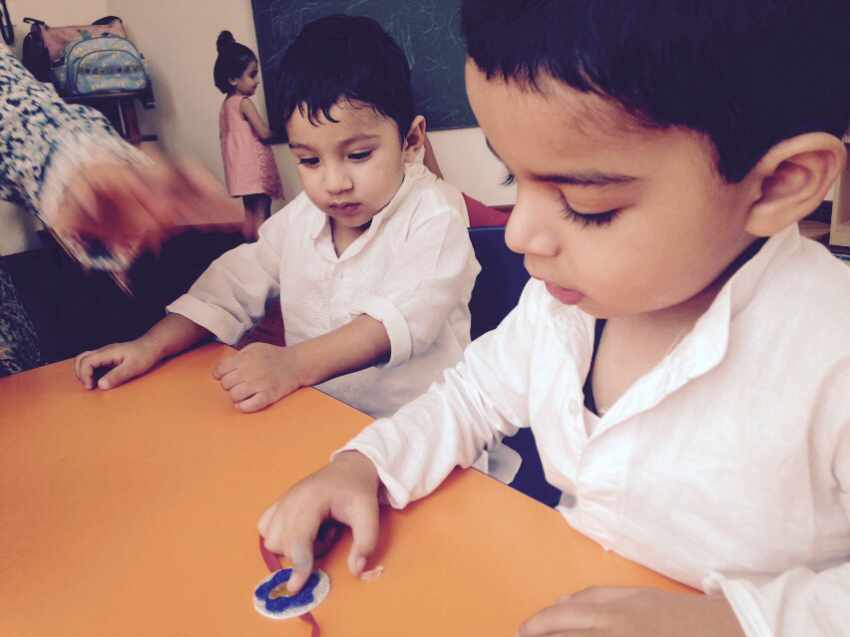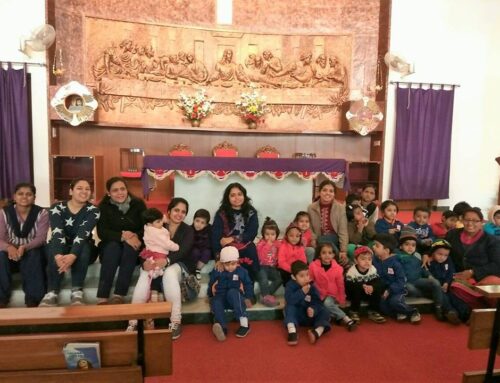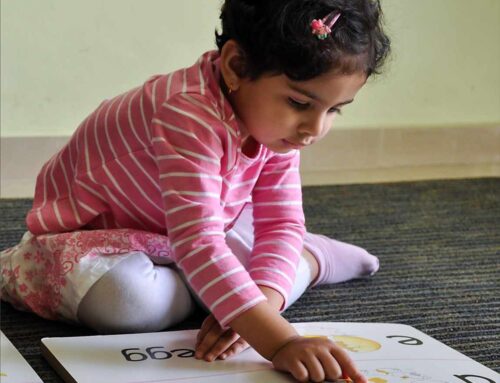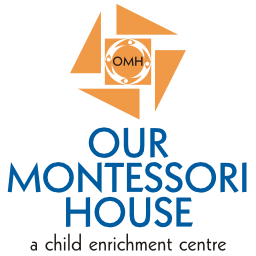Understanding Montessori Education
Your little one is grasping things from her environment several times faster than you, exploring her surroundings at a rate that you possibly can’t match. Her imagination is truly amazing. Researched facts show that maximum brain development happens in the first 5 years of our lives. Now, imagine the possibilities of a child’s growth and development in these early years when exposed to the right surroundings and given adequate inputs.
Montessori approach is one such approach that focuses on all-round development. An Italian Physician and educator, Maria Montessori, developed this approach based on her extensive observation marked by an emphasis on independence, freedom within limits, and respect for a child’s natural, psychological, physical, and social development. Some of the key aspects of this approach are:
- The child gets to choose an activity from a range of options
- Child gets to work uninterrupted for a span of ideally three hours
- The focus is on ‘learning by doing’, where a child learns concepts by working with materials, rather than by direct instruction
- Specialized materials were developed by Dr. Montessori after observing children for several years
- Freedom of movement within the classroom
- A trained Montessori teacher who is more of a guide than an instructor
Since then the Montessori Method has been in use for the children of various age groups. They work in a mixed age group set up and wonderfully learn from each other. Here are some of the highlights of how Montessori approach fosters early years of development –
- Focuses on holistic development of the child
It focuses on key developmental areas of a child between two to six years of age. They include working on gross and fine motor skills, language skills, cognitive skills and social and emotional skills. As the children are not only academically prepared, they are prepared for life skills too. Day to day activities like serving/eating food, buttoning or tying shoe laces – not only help them to become independent but help to satisfy their inner urge to do/achieve something.
- Encourages cooperation and community building
In a Montessori environment, the children from two to six years of age work together in a mixed age group set up. They learn from each other while working with materials. They also learn to wait for their turn as each material is one of its kinds. A child in such an environment learns to respect the materials, his/her peer group and builds a sense of cooperation.
- Child learns at his own pace
The highlight of Montessori education is that it allows children explore and learn at their own pace. This takes the competition away from early childhood and keeps it focused on each child’s development.
- Fosters independence and self discipline
While the Montessori approach gives freedom to a child to choose the activities she wants to work on there are some ground rules that are consistently reinforced by the teacher. The freedom enjoyed by the children is within limits. Adults in the environment become the role model for the children. This environment fosters self-discipline naturally and it helps in refining important skills like concentration, self-control and motivation.
- Teacher as a facilitator towards individualized learning for each child
Teachers in the Montessori approach are “facilitators/guides” who are trained to guide the learning experience for a child. Teachers ensure the ground rules are followed, and encourage learners to perform their tasks at their own pace. However, they do not determine the pace of the classroom as a Montessori teacher is supposed to strive to remain as unobtrusive as possible.










